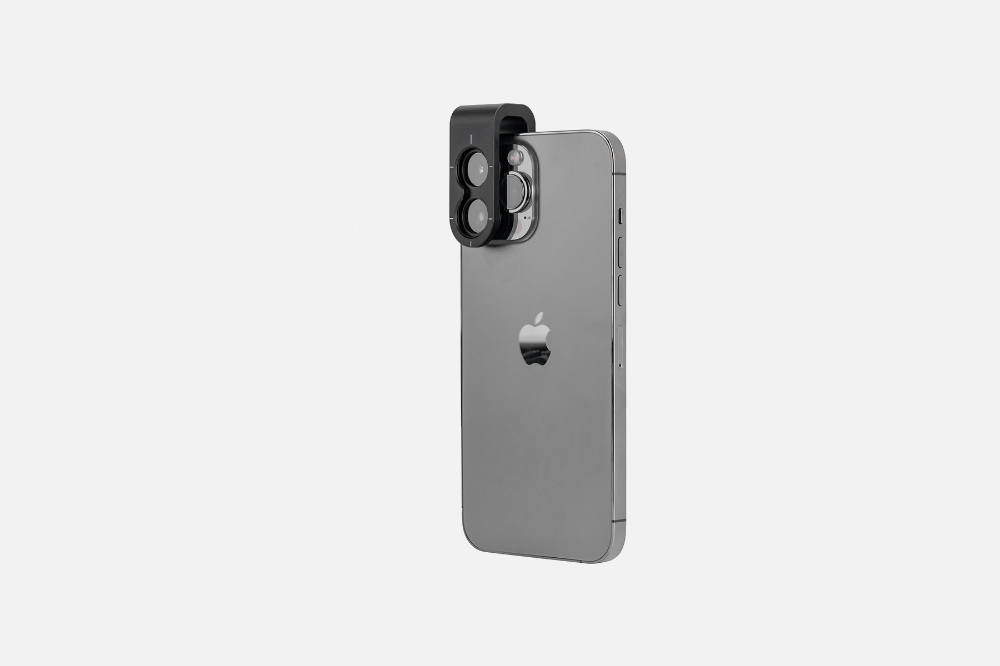Case for iPhone – IBOOLO
People May Ask
Assessment of actinic keratoses via dermoscopy
The diagnosis of actinic (solar) keratoses, whether pigmented or not, is achieved through dermoscopy by identifying the characteristic strawberry pattern. This pattern manifests as an erythematous pseudonetwork on the facial skin, featuring prominent yellowish hair follicles encircled by a distinct white halo.
Troubleshooting Procedures for Network Issues
Inspect the underlying hardware components. ...
Employ the ipconfig utility. ...
Utilize ping and tracert commands for diagnosis. ...
Conduct a comprehensive DNS verification. ...
Reach out to your Internet Service Provider (ISP). ...
Ensure antivirus and anti-malware safeguards are operational. ...
Scrutinize database logs for potential clues. ...
Compile relevant information for analysis.
Additional considerations...•
Instances of delayed video conferencing, sluggish application performance or internet velocities, intermittent download processes, disrupted Voice over Internet Protocol (VoIP) clarity, and total loss of web connectivity are indicative of network-related issues. If your daily online endeavors are hindered, or critical applications remain inaccessible, it is highly probable that your network infrastructure is at fault.
Drawbacks
Acquiring the network wiring infrastructure and file storage servers can entail significant financial outlays.
Overseeing a vast network system is intricate, necessitating specialized training and often necessitates the hiring of a dedicated network administrator.
In the event of a file server malfunction, the documents stored on it become unreachable. ...
Malware threats.
Additional considerations exist...
What are the prevalent factors contributing to suboptimal network performance? Suboptimal network performance can stem from various origins, including: Network congestion arises when routers and other networking devices are burdened with excessive data flow. This congestion can manifest within your domestic network, the infrastructure of your Internet service provider (ISP), or the localized area network (LAN) of your organization.
The benefits associated with computer networks encompass heightened performance capabilities, facilitated resource sharing, expansion of storage capacities, and optimized communication channels. Conversely, drawbacks of these networks encompass potential hazards such as security vulnerabilities, reliance on servers, substantial initial investments, ongoing maintenance requirements, and constraints on resource availabilities.
The negative network, which was previously referred to as the inverse network, is comprised of intricate, lighter grid patterns that interconnect with hyperpigmented, elongated, and curvilinear globules (Pizzichetta et al., 2014).
A distinctive pigment network (DPN), characterized by its black, brown, or gray hues, encompasses irregular voids and pronounced contours. The prominence of such a typical pigment network, when observed as an overarching pattern, suggests the presence of a melanocytic nevus.
On the flipside, a "[negative network effect" emerges when the worth of a platform diminishes following an increase in usage or scale. For example, a significant surge in users might result in network congestion, thereby causing a perceptible decline in product quality and customer service.
The negative network, which was previously referred to as the inverse network, is comprised of intricate, lighter grid patterns that interconnect with hyperpigmented, elongated, and curvilinear globules (Pizzichetta et al., 2014).

































